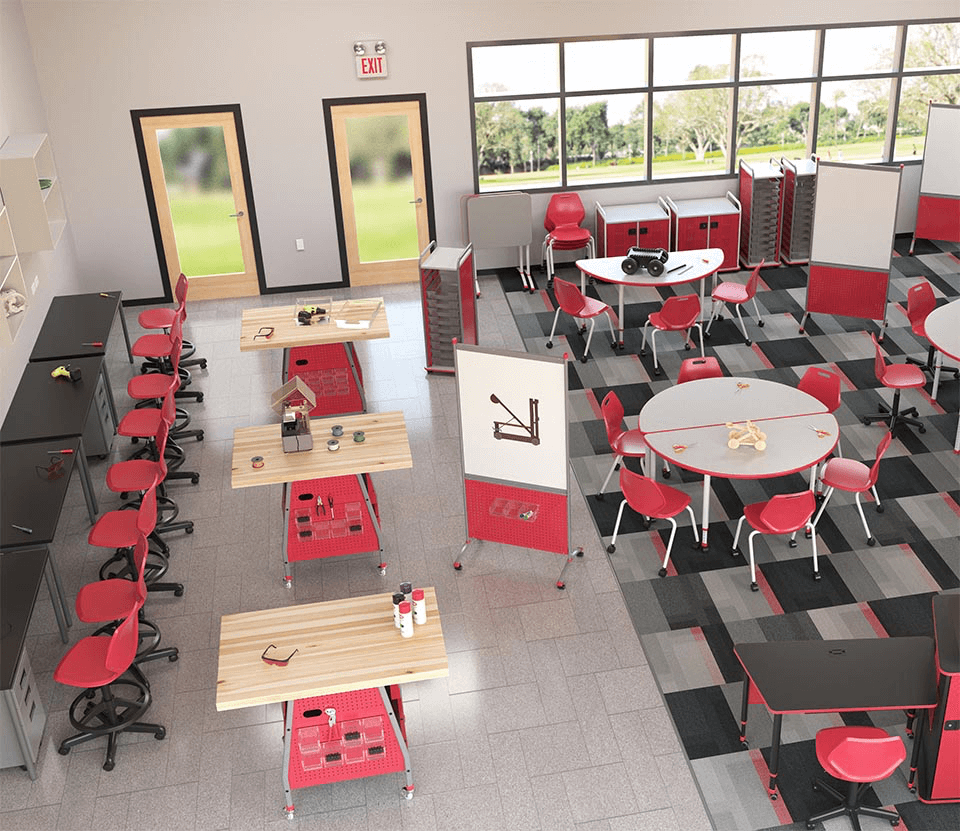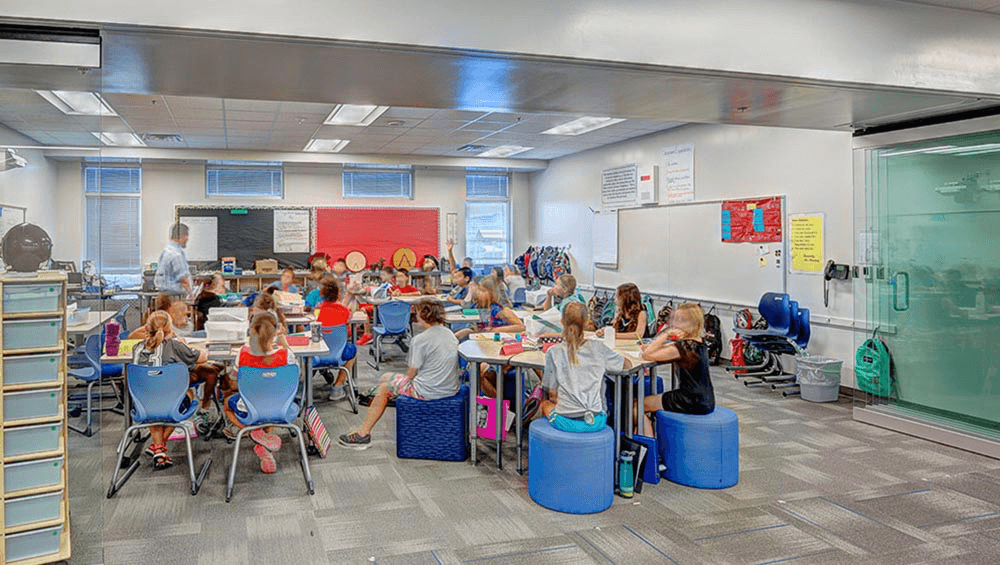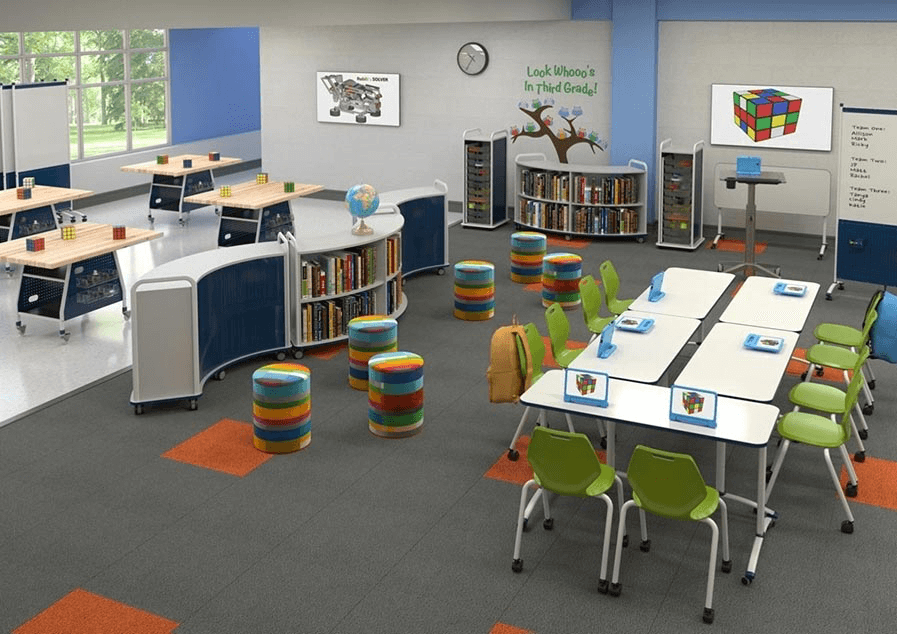
Looking to inspire the next generation of tinkerers and innovators, a growing number of schools are creating maker spaces equipped with everything from popsicle sticks and glue guns to electronics kits and 3D printers.
When educators encourage students to learn by creating, they inspire students to take ownership of their learning. Students become highly engaged and invested in their education.
In the process, students can learn not only key STEM concepts (like how an electronic circuit works or what the engineering design process entails), but also 21st-century skills such as problem-solving, teamwork, critical thinking, creativity, and perseverance.
Creating a maker space for your schools might seem like a daunting task. But it doesn’t have to be. The first step is to articulate your vision for the space and outline the goals you hope to accomplish. Your vision and goals will help you answer other critical questions, such as what the space should look like, how it will be equipped, and so on.
– Cindy Eggebrecht

Collaborative learning involves students working together to solve a problem or complete a task. It’s an active learning strategy that has become quite common in today’s classrooms, and for good reason.
The ability to work well with others as part of a team is the skill that companies most desire among new employees, according to a survey of hiring managers by the National Association of Colleges and Employers. Collaborative learning helps students develop this critical workforce skill.
But even beyond preparing students for the workforce, research suggests that collaborative learning offers a number of important social and academic benefits.
– Cindy Eggebrecht

The traditional classroom setup, with rows of desks facing forward, worked fine when lecturing was the main form of instruction. But as more schools have shifted from a teacher-centric to a student-centric approach to learning, the design of K-12 learning spaces is evolving as well.
Aided by mobile technologies, students are working together in groups to solve problems or challenges, Wilson said. They’re working independently with adaptive online software that tailors the lessons to meet their needs. They’re making movie trailers, designing photo books, or creating other artifacts to demonstrate their learning.
And the environments in which they perform these tasks must be flexible enough to support this more active, collaborative style of learning. For this reason, many schools have begun integrating furniture that students and teachers can move around easily and put together in various configurations to accommodate different groupings and activities.
– Cindy Eggebrecht

Close your eyes and picture the school libraries you spent time in as a youth. Chances are they all looked pretty similar: Rows of thick wooden shelving piled high with books. Students sitting quietly at tables, reading independently or perhaps working together in hushed tones.
The school library was a place you came to check out books, or look up information in encyclopedias or other reference materials as you compiled a research report. Younger students would have story time, and older students might use the library for studying.
But that’s changing. Mobile devices and wireless broadband have given students limitless access to information in the palm of their hands. With a world of information now just a click away, the teacher’s role is no longer just to impart information but to have students co-construct new knowledge—often in collaboration with each other. Learning is becoming more active and engaging, with students in charge of their own learning.
– Cindy Eggebrecht

Teaching is a complex art. There are many strategies and modalities that teachers can use to develop students’ skills and convey critical information—and successful teachers weave all of these together into a intricate tapestry of classroom techniques and practices. To do this effectively, however, teachers need an agile classroom environment that can quickly adapt to serve many functions.
The ability to transition seamlessly between different teaching strategies and modalities depends in part on how agile the classroom environment is.
Learning spaces that are flexible and can support a wide range of learning styles and activities—with furniture that can be rearranged to accommodate different groupings and flows of information quickly and easily—are critical in helping teachers navigate these various modalities.
– Cindy Eggebrecht